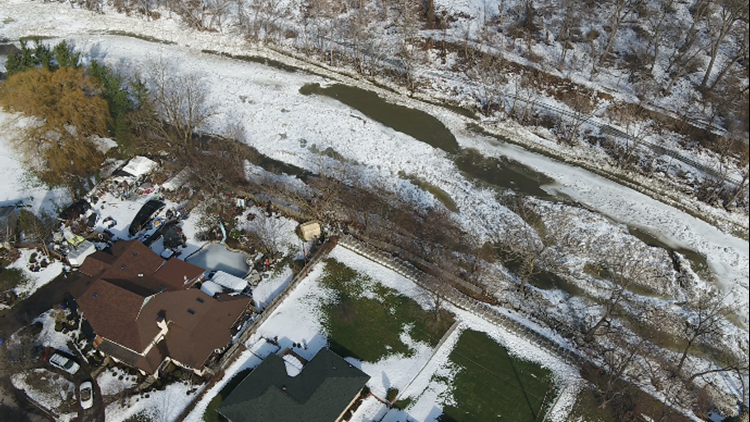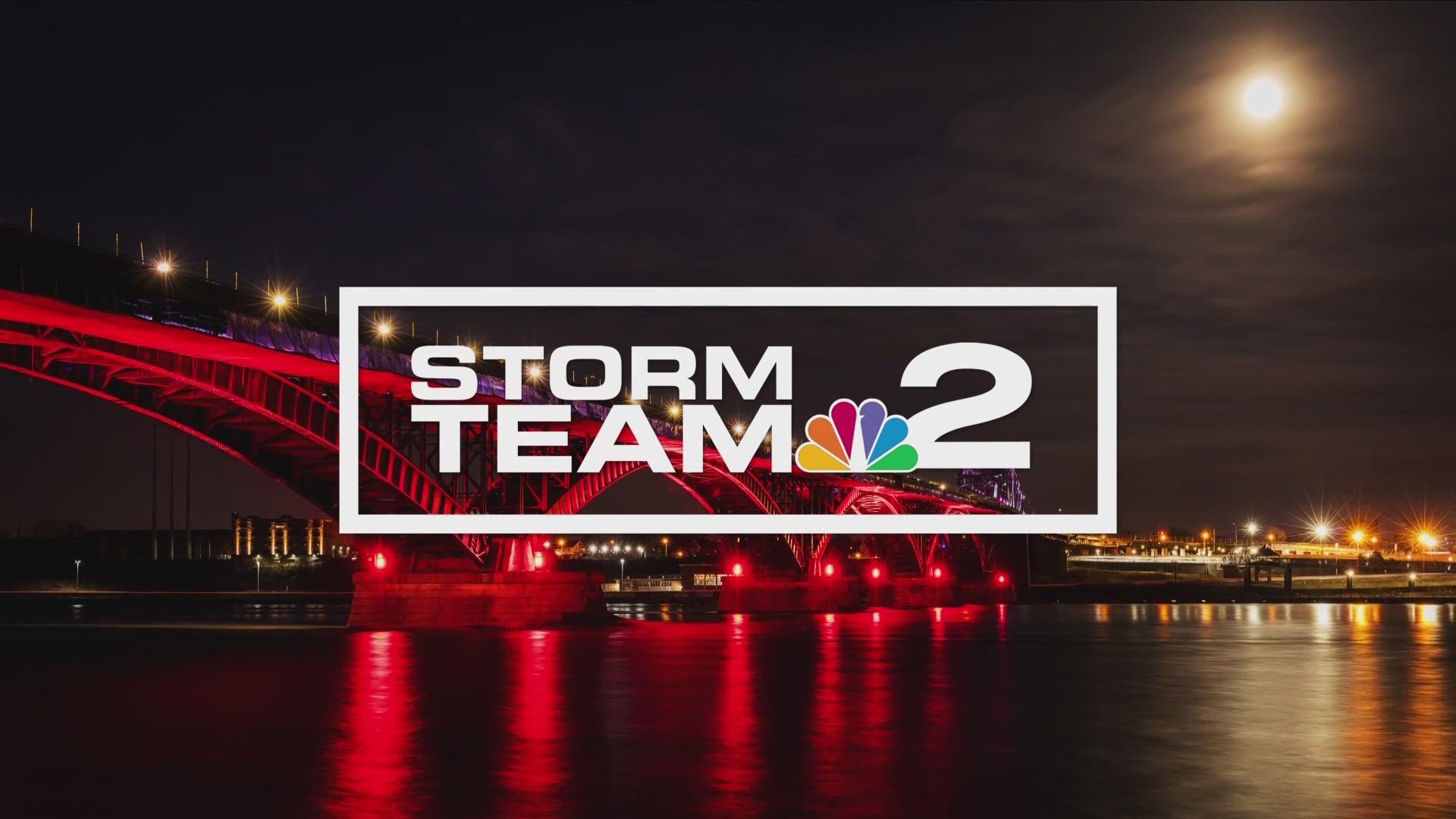BUFFALO, N.Y. — Spring is a season of hope for warmer days ahead, but first we have to get through a whole obstacle course of nastiness as the cold air fights to hang on. Think wind storms, big temperature swings, huge mud puddles, and, of course, ice jams.
As temperatures rise in March, creeks, streams and rivers swell with runoff from melting snow and early spring rains. If those waterways have ice on top, that ice can get stressed by the rising water levels. That stress can break the ice into large chunks from below. Those chunks then flow with the current until they jam up against an obstruction, such as a bridge, or reach a turn or sudden shallow spot in the waterway.
More water tries to flow downstream behind this ice, but can’t get passed, so it spreads beyond its usual path and floods the surrounding area.
The actual breaking and damming of ice can happen in a span of a couple days or even just a couple hours in the most extreme cases. But the conditions that lead up to the more severe ice jams can be present for weeks or even months.
A longer, more severe stretch of cold weather will produce a thicker layer of ice, especially on a slow-moving waterway. Thicker ice takes a lot longer to melt, so some of it may still be floating around later into spring, when we’re more likely to get sudden and sharp rises in temperature. That’s when those thicker chunks of ice can break up and get flushed downstream.
Whether the ice is thick or thin, if spring brings a slow, gradual warm-up, threats for severe ice jams can be avoided completely.
Since ice jams require very specific conditions to build up and then eventually form, they’re very difficult to predict at least in the long range. Forecasters at the National Weather Service office in Buffalo can put out a Flood Watch or warning if it looks like conditions may allow for ice jamming within a two-day period.
Learn more about ice jamming and methods used to avoid severe impacts from them in this week’s Heather’s Weather Whys.
New episodes of Heather’s Weather Whys are posted to the WGRZ YouTube channel every Wednesday evening. If you have a weather question for Heather to answer, send it to her at heather.waldman@wgrz.com or connect with her on Facebook or Twitter.



